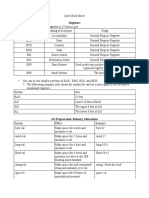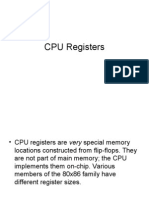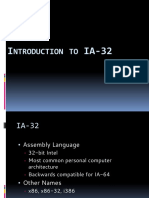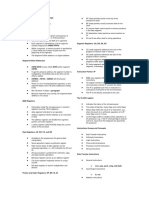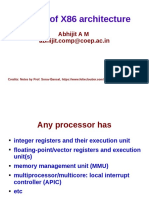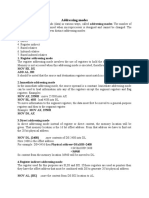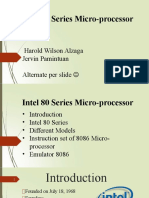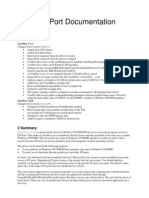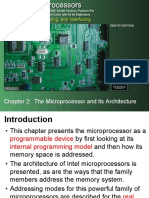0% found this document useful (0 votes)
20 views67 pagesLecture01 Intro
The document outlines the course structure for a graduate-level class on Computer Systems Architecture, focusing on x86 instruction set and various computing concepts. It includes details on class logistics, grading, topics covered, and the importance of understanding hardware and instruction sets. Key areas of study include performance metrics, memory hierarchy, and specific x86 instructions for data movement and control flow.
Uploaded by
Amrita YadavCopyright
© © All Rights Reserved
We take content rights seriously. If you suspect this is your content, claim it here.
Available Formats
Download as PDF, TXT or read online on Scribd
0% found this document useful (0 votes)
20 views67 pagesLecture01 Intro
The document outlines the course structure for a graduate-level class on Computer Systems Architecture, focusing on x86 instruction set and various computing concepts. It includes details on class logistics, grading, topics covered, and the importance of understanding hardware and instruction sets. Key areas of study include performance metrics, memory hierarchy, and specific x86 instructions for data movement and control flow.
Uploaded by
Amrita YadavCopyright
© © All Rights Reserved
We take content rights seriously. If you suspect this is your content, claim it here.
Available Formats
Download as PDF, TXT or read online on Scribd
/ 67











